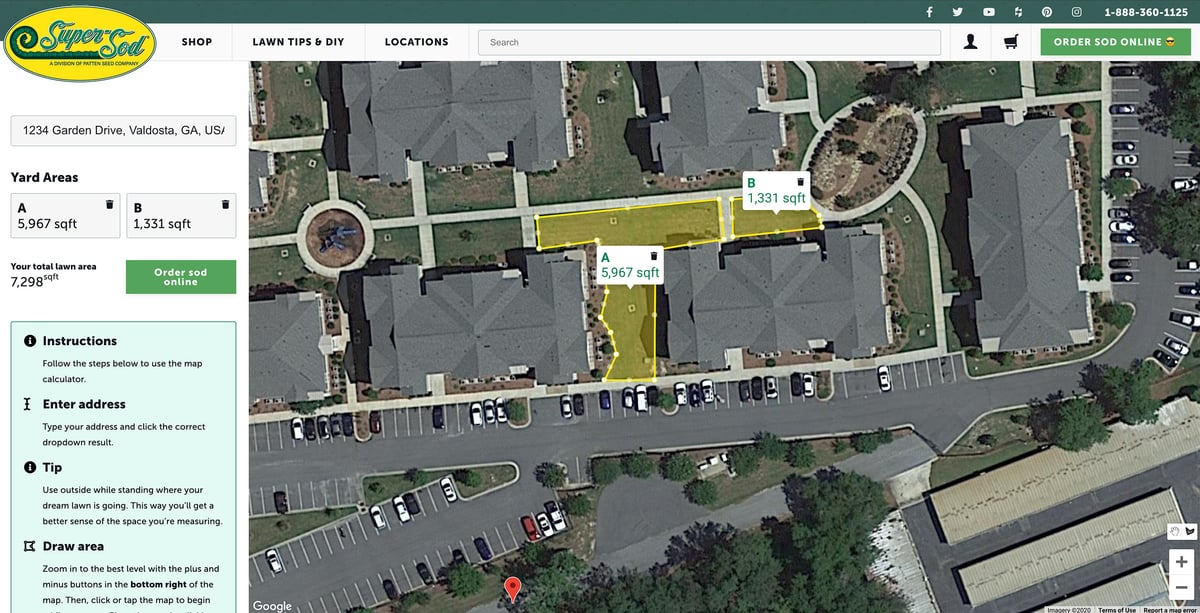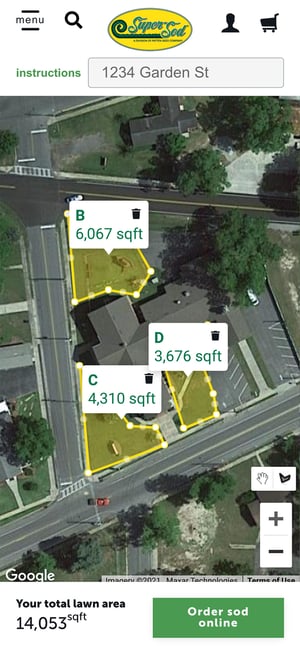JUST A MINUTE! Let's talk frankly and reveal some truths about some nice grasses.
Just as there are many families of fish such as the bass and the shark, there are many families of grass. Members of the same family may look different, but there are certain general statements that will hold true for all members of any one family.
There are annual and perennial grasses, terms we will simplify by calling the grasses temporary and permanent. Annual, or temporary grasses, include both those that will die out at the end of their growing season, regardless of what you do for them, and those that will die out due to adverse growing conditions, such as extreme heat or high humidity. Perennial, otherwise known as permanent grasses, are those which, like many trees, live forever under normal conditions.
THE WARM SEASON GRASSES
Centipede, Bahia, Bermuda, Buffalo, Carpet and Zoysia are grasses that are permanent in the proper environment and that grow well in warm and hot weather.
THE COOL SEASON GRASSES
Bent, Bluegrass, Fescue, Orchard, Ryegrass, and Timothy (and mixtures thereof) can be permanent if properly cared for in Zones 4 and 5 and parts of Zone 3 (see Zone Map). They often die out or thin out and yield to weeds in Zone 1 and 2 and in hot spots in Zone 3. These grasses grow well and look good during cool, moderately warm and moderately cold weather. They perform poorly in extreme heat combined with high humidity.
MIXTURES OR BLENDS
Mixtures or blends are combinations of grasses. For years the happy thought has persisted that the proper mixture of cool season and hot climate grasses would provide a healthy and green lawn year 'round. In Zones 1 and 2 such mixtures may look good for the first year but prove a great disappointment in the long run. A blend of Zoysia and Tall Fescue may do well year 'round in Zones 3 and 4, east of the Mississippi River. In the Lower South for a permanent lawn one should choose Bermuda, Centipede, or Zoysia. Bahia and Carpet are satisfactory to some people, but generally poor choices. The improved strains of Buffalo grass appear suited to the arid (extremely dry) regions but are unlikely to perform well elsewhere.
IMPROVED STRAINS OFFER MORE CHOICES
Breeding, genetic alteration, and selection continue to stretch the cold tolerance of the hot climate grasses and enable survival farther north, and to improve the heat tolerance, disease resistance, and insect resistance of cool season grasses, thus giving newer varieties better performance in the humid South. New varieties provide badly needed options in many localities, but likewise add confusion to the process of selecting the best suited grass. Hundreds of cool season grasses have been registered or patented and seed companies add to the list every year. Which is best for a particular usage perplexes even the experts.
The Toughest Decision Zone is Zone 3, where cool season grasses often kill out in the summer and warm season grasses often kill out in the winter. Because of the ease and quickness in establishment, most people in Zone 3 choose cool season grasses. Conversely, since warm weather means outdoor living and long hours of daylight in which to enjoy a lawn, many knowledgeable people in this zone who have the proper conditions for growing them choose the warm season grasses. Those living in Zone 4 and 5 should be extremely cautious in selecting anything but a cool season grass, and those living in Zones 1 and 2 should be wary of anything except warm season grasses.
Useful in a few instances for ground cover are some plants which are not grasses, such as clovers, dichondra, ivy, and liriope. Except for isolated areas, general lawn uses of these "non grasses" is seldom advisable.
Artificial turf looks just that: artificial. And it is expensive. However, it may be the best answer in rare instances, and should be considered.
Consumer articles on lawn selection and care most often deal with cool season grasses but fail to make the distinction. Information and recommendations in these articles are often not appropriate for the warm season grasses and lawn owners in the lower South. Since information relating solely to warm season grasses is scarce, the remainder of this Encyclopedia is therefore dedicated to the warm season grasses.
We have earned a living for a generation growing and marketing such grasses and still believe that the proof of the pudding is in the eating. Our thinking is based on the opinion that most people want an attractive lawn that they can enjoy, rather than a botanical garden that they must slave to keep.


